|
Giant Schnauzers come from Germany originally, and they functioned as cattle herders and guardians. Their coats are wiry, hard and short to medium length and come in solid black or pepper and salt. * The Giant breed of Schnauzer is a bold and rambunctious dog—very bold and protective of their family. They need daily exercise and fun (vigorous games, long hikes etc.). Their harsh coat needs combing once or twice a week and grooming two to four times a year. * Health concerns include hip dysplasia and gastric torsion. Domestic Shorthair is the most common breed—this is the Heinz 57 of cats. They come in American Shorthair, British Shorthair and European Shorthair, all of whom have slightly different characteristics with respect to their body, head, ear, eye shapes, but all generally come in a wide variety of colours. The look everyone is most familiar with is likely the European Shorthair, however. * There is also the Domestic Longhair—the longhaired version of the Domestic Shorthair. * This "regular" cat is the most genetically diverse and therefore somewhat less likely to have health issues than the purebred, but you should always keep an eye on their health. Kidney disease in particular seems to be something that all cats of a certain age seem to be prone to. The Great Dane originates in Germany as a guardian and for hunting large game. Their coats are smooth and short and they come in brindle, black-masked fawn, blue, black, harlequin (with irregular black patches), or mantle (black with white collar, muzzle, chest and tail tip). * Great Danes are dubbed the "Apollo of Dogs." Despite their size (males at least 30 inches and up to 180 pounds) they are gentle, loving, easygoing and sensitive. They are usually friendly towards other dogs and pets and are responsive to training. They only need daily moderate exercise, as well as soft bedding they can stretch out on. Some tend to drool. * Health concerns include gastric torsion, hip and elbow dysplasia, cardiomyopathy and bone cancer. The Great Pyrenees comes from France and originally functioned as a sheep guardian. They have a dense and wooly undercoat with a long, coarse outer coat. They come in white or white with markings of grey, badger, reddish brown or tan. Males can weigh up to 115 pounds! * These are capable guardians, having been used to guard flocks from the earliest times. They are devoted to their family but wary of strangers. They are calm and serious, independent and sometimes stubborn or even domineering. They need a moderate walk every day, but be aware that they don't like warn weather. They also tend to bark a lot. Their coat will need brushing daily when shedding, but only 1-2 times per week otherwise. * Health concerns include hip dysplasia, patellar luxation, entropion, and bone cancer. The Greater Swiss Mountain Dog was once a draft dog and a guardian. They are black and rust with white feet, chest, tail tip, muzzle, blaze and possibly the collar. Rust colour is also present on legs between the white and black. Males can weigh up to 140 pounds and stand up to 28 and a half inches. * These are the oldest and largest of four varieties of Swiss mountain dogs (the others are the Appenzeller, Entlebucher and Bernese). They are sensitive, loyal, calm and easygoing, but also territorial and alert. They need a moderate walk every day. The coat needs brushing once a week, and more often when shedding. * Health concerns include hip dysplasia, gastric torsion and seizures. The Komondor originates in Hungary and functioned as a sheep guardian. Their coats are wooly (undercoat) and coarse (outercoat), wavy or curly, which form cords, and they only come in white. * The earliest documentation of these dogs dates back to 1555, but they certainly existed prior to this. They bore a strong resemblance to the Magyar sheep, so they could mingle with them unseen (by predators). They are independent and stubborn, reserved with strangers and potentially aggressive with other dogs. They need a moderate walk daily and their coat can be difficult to keep clean (hard to bath and to dry). The cords must be separated or they will look like flat mats. * Health concerns include hip dysplasia, gastric torsion and ear problems. The Kuvasz originates from Hungary as a guardian dog, and for hunting large game. Their coats are medium coarse, wavy to straight, and medium in length. They only come in white. * Kuvasz are protectors, so they are reserved with strangers and may be aggressive toward strange dogs. They also aren't particularly demonstrative with their families. They need a moderate to long walk daily and brushing once or twice a week (more often during heavy shedding periods). * Their main health concern is hip dysplasia. The Mastiff originates from England and originally functioned as a guardian dog. Their coats are coarse, smooth and short, coming in fawn, apricot or brindle, all with dark muzzle, ears and nose. Males stand a minimum of 30 inches and can weigh up to 190 pounds! * In the time of Caesar, Mastiffs were war dogs and gladiators. They were guard and hunting dogs in medieval times and later used in dog fighting and bull and bear baiting. They are calm, easygoing and gentle, as well as very loyal. They need a good walk or play session daily and tend to drool. * Health concerns include hip and elbow dysplasia, gastric torsion and bone cancer. The Neapolitan Mastiff comes from Italy originally and was used as a guardian dog. Their coats are smooth and short, coming in grey, black, mahogany, tawny, with or without tan bridling. White is allowed on underside, chest, throat, toes and backs of pasterns. * Romans appropriated fierce British Mastiffs when invading England in 55 BC and bred them to Roman Molossus dogs to produce this strain of giant gladiators and war dogs. Neopolitan Mastiffs are loyal and devoted to family, suspicious of strangers and tolerant of acquaintances. They don't tend to get along with other domineering dogs. They don't need a lot of exercise, but they need a lot of space. They drool and can leave trails of food and water from their bowls. * Health concerns include hip and elbow dysplasia, cardiomyopathy and demodicosis (mange). The Newfoundland was bred as an all-purpose water dog, fisherman's aid and draft dog. Their coats are coarse, straight or wavy, and medium in length coming in solid black, brown or grey and may have white on chin, chest, toes and tail tip—or white base colour with black markings ("Landseer"). * As you may have guessed, they were developed on the coast of Newfoundland, Canada. Newfoundlands are sweet, calm, patient, easygoing and gentle, but also protective of their family. They need a moderate walk or short romp every day. They love to swim and pull, particularly in cold weather. They need combing twice a week (and more frequently when shedding), and they tend to drool and are messy when drinking. * Health concerns include heart problems, elbow and hip dysplasia and gastric torsion. The Portuguese Water Dog was bred as a fishing aid. Their coats are curly or wavy and long, coming in black, white, brown or combinations of black or brown with white. * These are fun-loving dogs that love their families. They love water, of course! They are sensitive and respond well to direction. Portuguese Water Dogs need a long walk or jog daily. The coat needs coming every other day, plus clipping or scissoring monthly. * Health concerns include PRA, hip dysplasia and glycogen storage disease. The Rottweiler originates in Germany and was a cattle drover, guardian and draft dog. Their coat is coarse, smooth and short and comes only in black with tan markings. Males can weigh up to 135 pounds. * These are confident dogs that are bold and alert. They are headstrong, stubborn and often domineering. They are protective of family and wary of strangers. They need a long walk or job every day. * Health concerns include hip and elbow dysplasia, heart problems, bone cancer, gastric torsion and vWD The Saint Bernard originates in Switzerland and is a draft or search and rescue dog. They are shorthaired (smooth and short) or longhaired (straight or slightly wavy, medium length). They are white with red, red or brindle with white, and the white must appear on the chest, feet, tail tip, baseband and collar (or spot on the nape). They can also have a dark mask and ears. * Large dogs arrived in St. Bernard Hospice in the 1600s (a refuge for those traveling between Italy and Switzerland). The monks there soon found they were adept at locating lost travellers (then licking their face and lying beside them to keep them warm). These are calm, easygoing dogs that are gentle and patient, but not very playful. They need a short to moderate walk every day, need weekly brushing minimum, and they all drool. * Health concerns include hip and elbow dysplasia, gastric torsion, eyelid problems, bone cancer, heart problems and diabetes. The Samoyed comes from Russia, originally adept at herding reindeer, and as a guardian and draft dog. They have a wooly undercoat with straight, harsh outer coat that is medium to long in length, coming in white, white and biscuit, cream, or all biscuit. * They herded and guarded reindeer herds kept for food by the Samoyed people in northwestern Siberia from central Asia. They would also occasionally hunt bears and tow sleighs or boats. They are gentle and playful, amiable with strangers and often other dogs, too. They can be mischievous and stubborn. They need a long walk or jog or vigorous play session daily and their coat needs brushing and combing tow to three times a week (daily when shedding). * Health concerns include: Hip dysplasia and gastric torsion. The Siberian Husky was (and is) used for sled pulling. Their undercoats are dense, while the outer coat is straight and medium in length. They come in all colours from black to pure white. * These guys featured in the Alaskan gold rush, becoming vital in all parts of life in the Arctic regions. Dog racing also became a favourite source of entertainment. They are fun-loving, adventurous, independent, clever, mischievous, obstinate—you name it! Some howl, dig and/or chew. They need a long jog or vigorous play session daily and their coat needs brushing once or twice a week. * Health concerns include PRA, cataracts and corneal opacities. The Standard Schnauzer originates in Germany, originally a ratting dog or guardian. Their coat is harsh, wiry and medium in length coming in pepper and salt or pure black. * They were a household pet and hunting companion as long ago as the 14th century. They are lively and bold, headstrong and clever. They are protective of family and reserved around strangers—they may also be aggressive with strange dogs. They need a long walk or vigorous game session daily. The harsh coat needs coming twice a week, and professional scissoring/shaping four times a year. * Health concerns include hip dysplasia and follicular dermatitis The Tibetan Mastiff originally functioned as a guardian dog. Their coat is coarse and fairly long, coming in black, brown and grey, all with or without tan markings, various shades of gold, and white markings on the breast and feet are accepted. * Tibetan Mastiffs were developed as camp guardians of the nomadic herdsmen of the Himalayan plateaus. These are independent dogs that are strong-willed and territorial, aloof with strangers, but devoted to their family. They tend to bark at night, and need a moderate to long walk each day. Their coat needs brushing a few times a week. * Their main health concern is hip dysplasia. And now, into the Terrier group. We begin with the Airedale Terrier from England—versatile hunter of danders and otters, bird flusher and retriever. Their coat is wiry and medium in length, coming in tan with black or grizzle saddle. * Airedales are known as "king of terriers" and are the tallest of the Terrier group. They are bold and playful and generally biddable, but also headstrong. They are protective, but get on well with smaller dogs. They need a long walk or lively play every day. Their coat needs combing twice weekly, plus scissoring and shaping every one or two months. * Health concerns include hip dysplasia and gastric torsion. American Staffordshire Terriers were originally bred for bull baiting and dog fighting. Their coat is stiff and short, coming in any solid or partial colour (more than 80 percent are white, black and tan, or liver). * American Staffordshire Terriers are descended from the crossing of the old Bulldog and old terror strains. These are devoted and comical dogs, and though they are biddable, they have a stubborn streak. They are protective and can be aggressive with other dogs, especially if challenged. Am Staffs need a moderate walk or vigorous play daily. Their coat can use brushing weekly. * Health concerns include hip dysplasia, cerebellar ataxia and PRA. Australian Terriers were bred to kill small vermin. Their coat is harsh, straight, medium length and come in blue and tan, solid sandy, and solid red. * They originated in Tasmania, where they were all purpose companions, killers of vermin and snakes, sounding alarm at intruders and controlling livestock. They are plucky and fun-loving, eager to please (they are one of the more obedient Terriers) and get along fairly well with other dogs and other pets. They need a moderate walk or rollicking game every day. Their coat requires weekly combing plus twice yearly stripping. * Health concerns include patellar luxation and diabetes. The Bedlington Terrier originates in England and was bred to kill rats, badgers and other vermin. Their coats are a mix of hard and soft hair with a tendency to curl, and medium in length. They come in blue, sandy and liver, each with or without tan points. The puppies are born dark and lighten to their adult colour by about 1 year of age. * Bedlingtons come from the Hanny Hills of Northumberland. These are companion dogs that are demonstrative and loyal. They are also fairly quiet house dogs, but can be scrappy fighters when pushed by other dogs. They need a long walk or vigorous romp daily and their coat needs combing once or twice weekly, plus scissoring and shaping every month. * Health concerns include copper toxicosis, retinal dysplasia, and renal cortical hypoplasia. The Border Terrier comes from the border of Scotland and England and originally functioned for fox bolting and ratting. They have wiry, straight and fairly short coats that come in red, grizzle and tan, blue and tan or wheaton. * Border Terriers are inquisitive, friendly and biddable, but also independent. They are fairly good with other dogs (as Terriers go). They tend to dig and some will bark. They need a good walk or vigorous play session every day and their harsh coat needs brushing weekly, plus stripping of dead hairs four times a year or so. * Health concerns include patellar luxation. The Bull Terrier originates in England as a companion dog. Their coat is harsh, smooth and short, coming in white with markings on head permissible, and any colour other than white, or any colour with white marking, but brindle is preferred. * The "Bull and Terrier" was once considered the ultimate of the pit fighting dog, but since the abolition of dog fighting, they have become show dogs and are bred for appearance. They are exuberant, assertive and very mischievous! They are also affectionate, but stubborn and can be aggressive with other dogs. They need a good exercise session plus mental stimulation every day. Their coat needs weekly brushing. * Health concerns include deafness (in whites), kidney problems, heart problems and patellar luxation. The Cairn Terrier originates in Scotland as a vermin killing dog. Their coat is harsh, straight and short to medium in length. They come in any colour other than white. Dark ears, muzzle and tail tip are desired.
* Cairn Terriers have existed since the 15th century on the Isle of Skye. Perhaps the most famous of Cairn Terriers is the dog that plays Toto in "The Wizard of Oz." These are plucky dogs that are also inquisitive, bold, clever and stubborn. They love exploring and hunting and can be aggressive with other dogs. They dig and some bark. They need a moderate walk every day and their wiry coat needs combing once weekly, plus stripping of dead hair twice a year or so. * Health concerns include liver shunt, glaucoma and jaw problems.
0 Comments
Leave a Reply. |
AuthorRegan is a certified Canine Massage Therapist (CCMT), has certification in First Aid and CPR for Pets, and some beginner training in Herbal Remedies and Aromatherapy for personal use. Archives
July 2024
Categories |


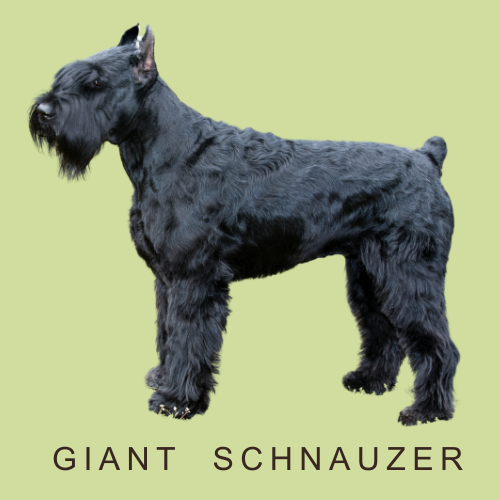
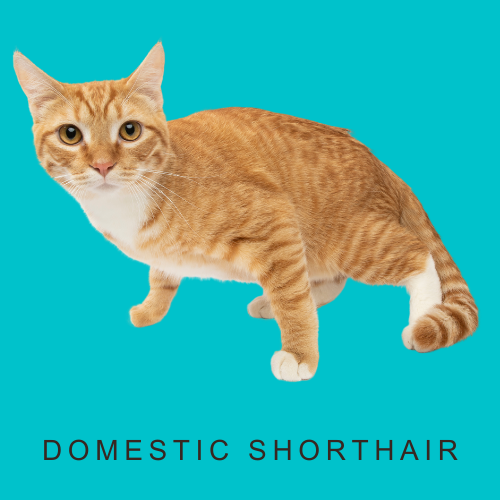
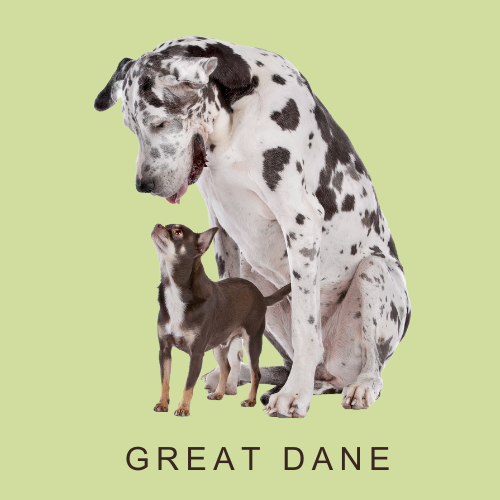
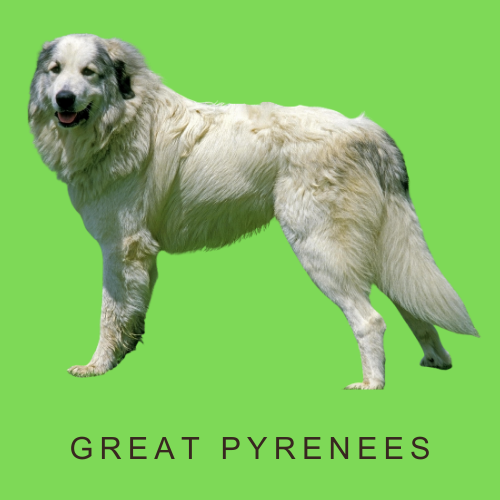
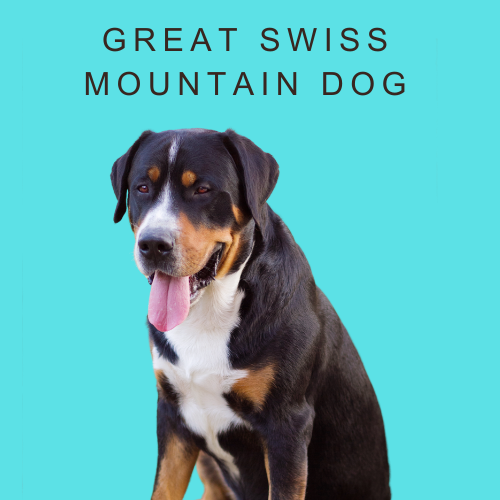
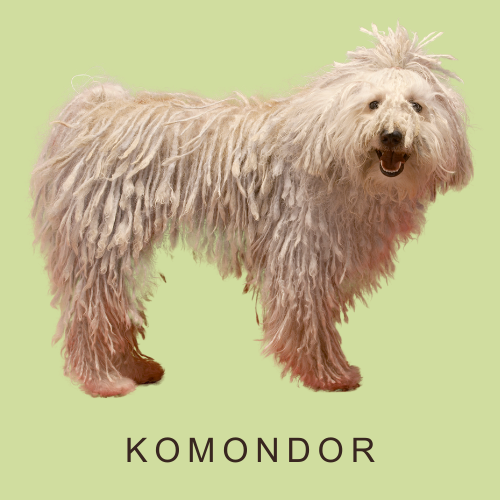
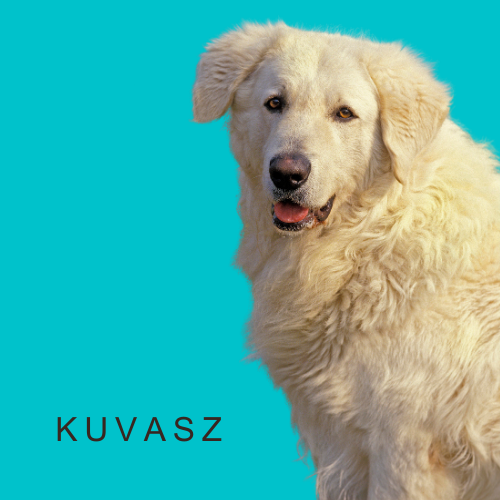
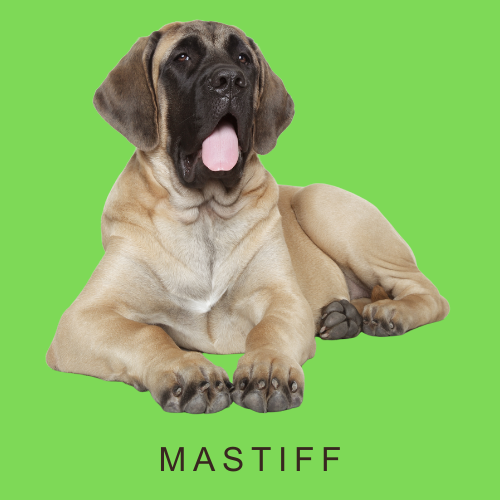
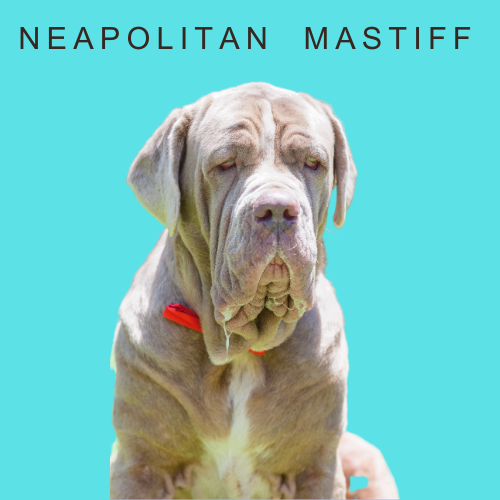
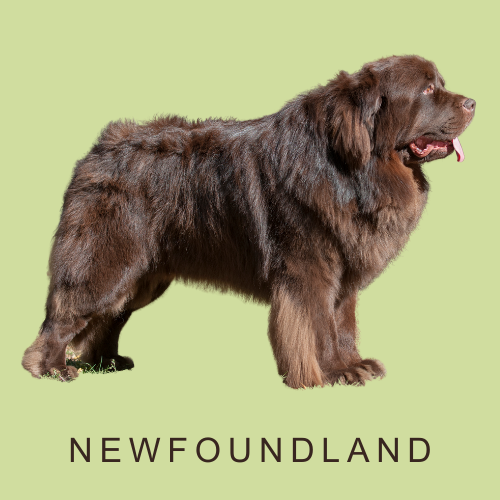
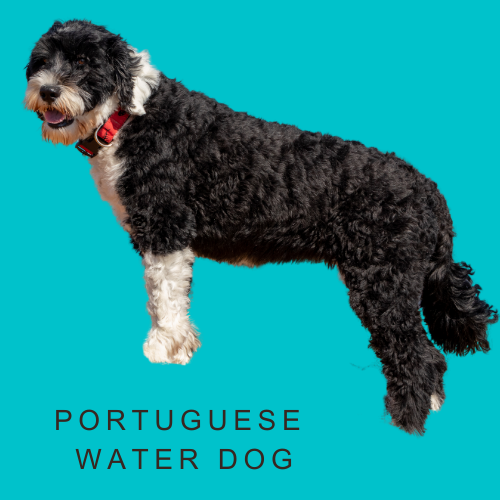
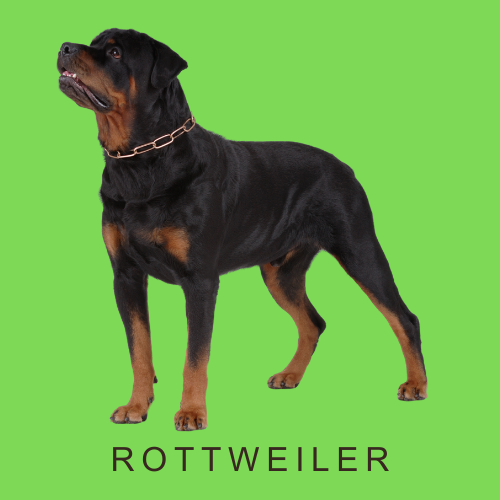
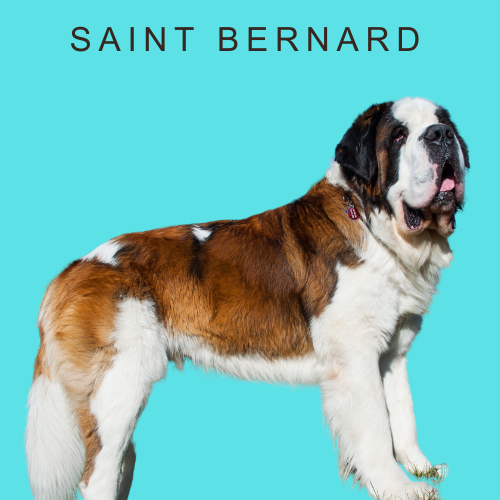
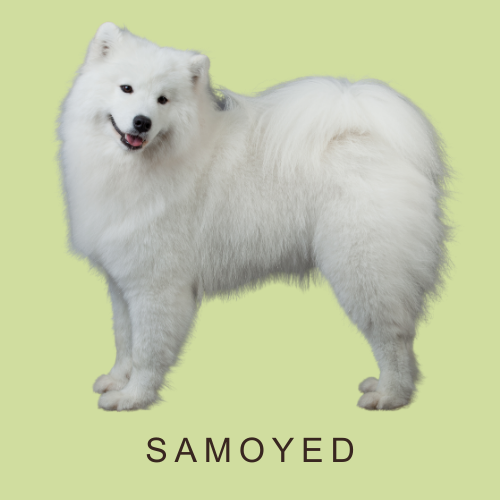
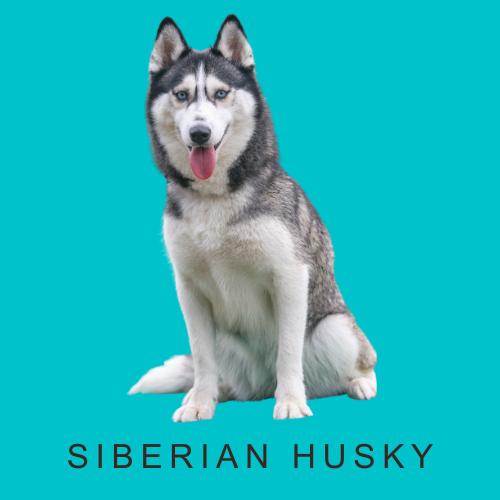
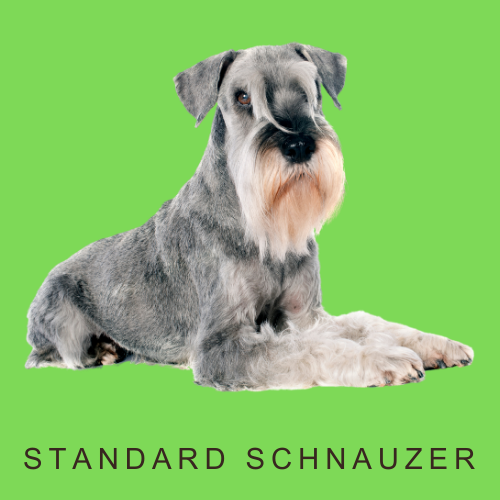
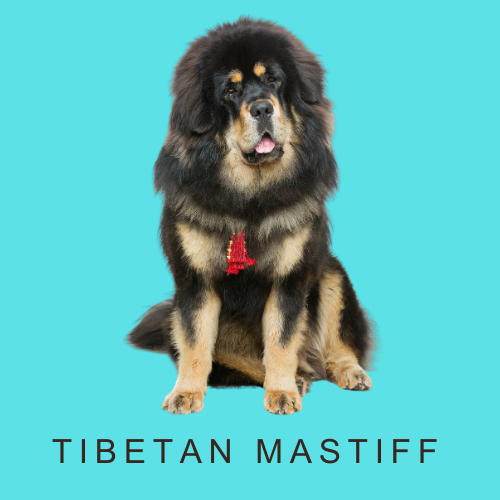
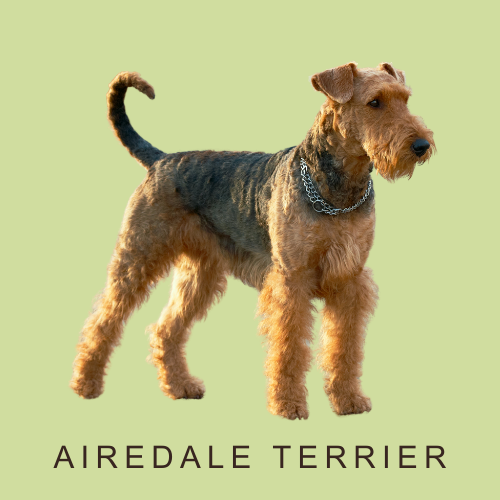
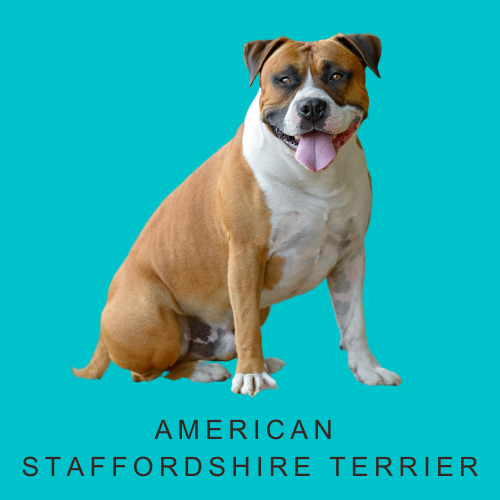
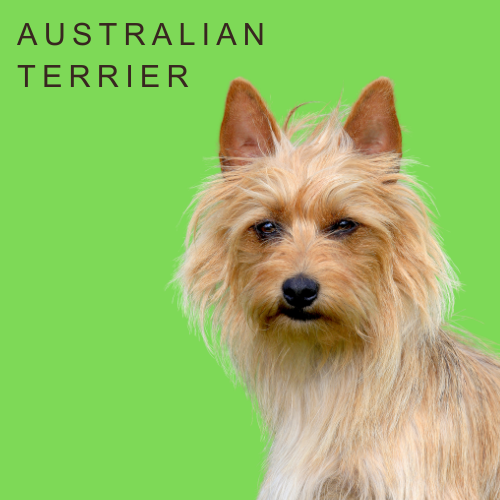
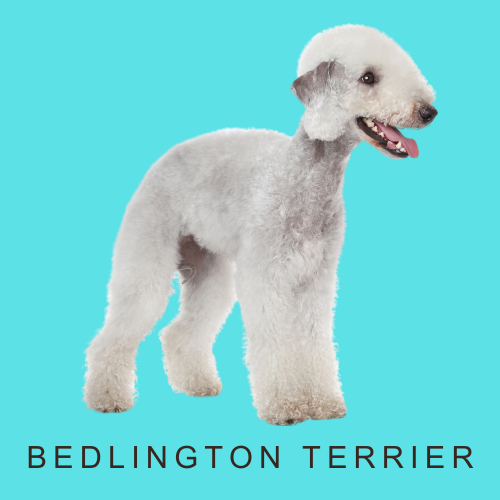
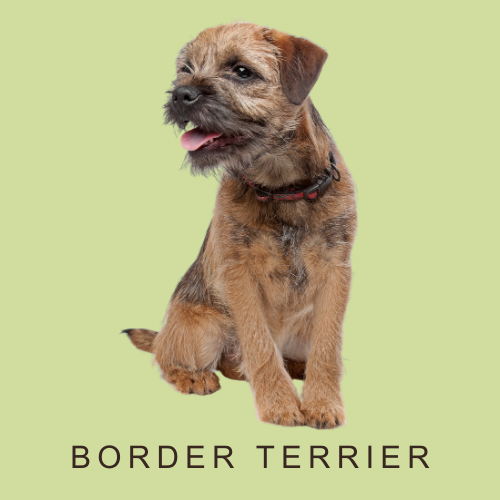
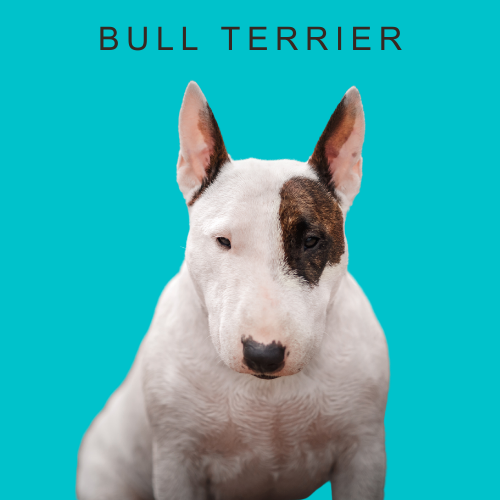
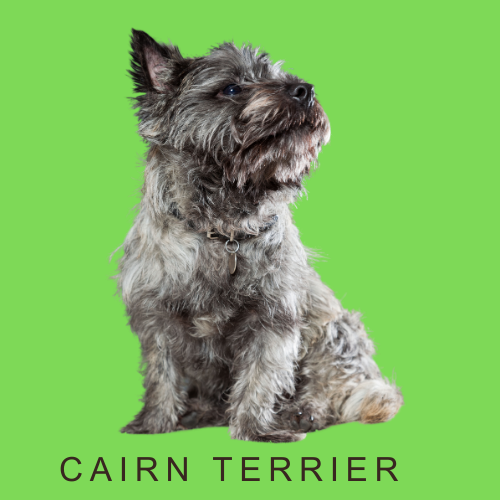
 RSS Feed
RSS Feed